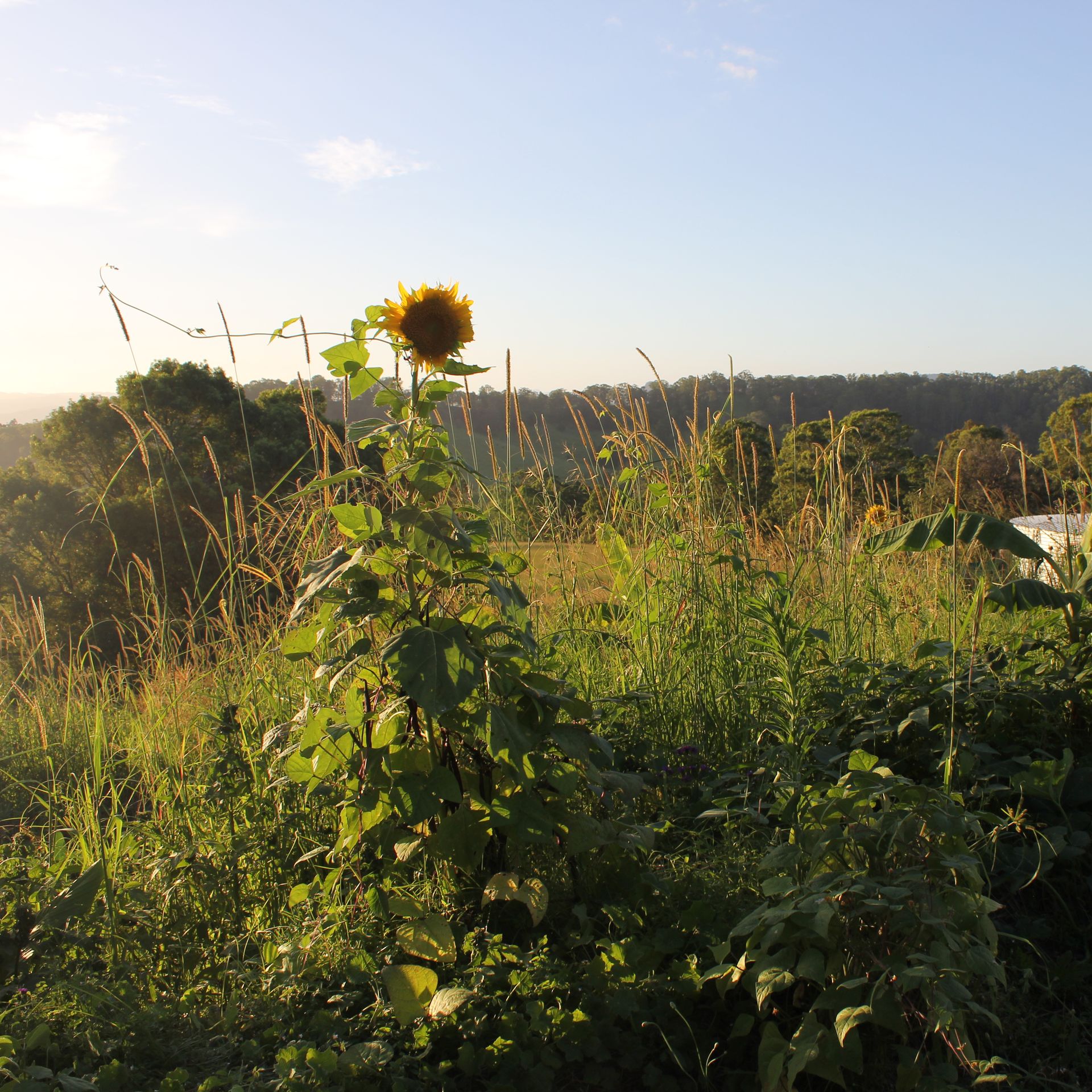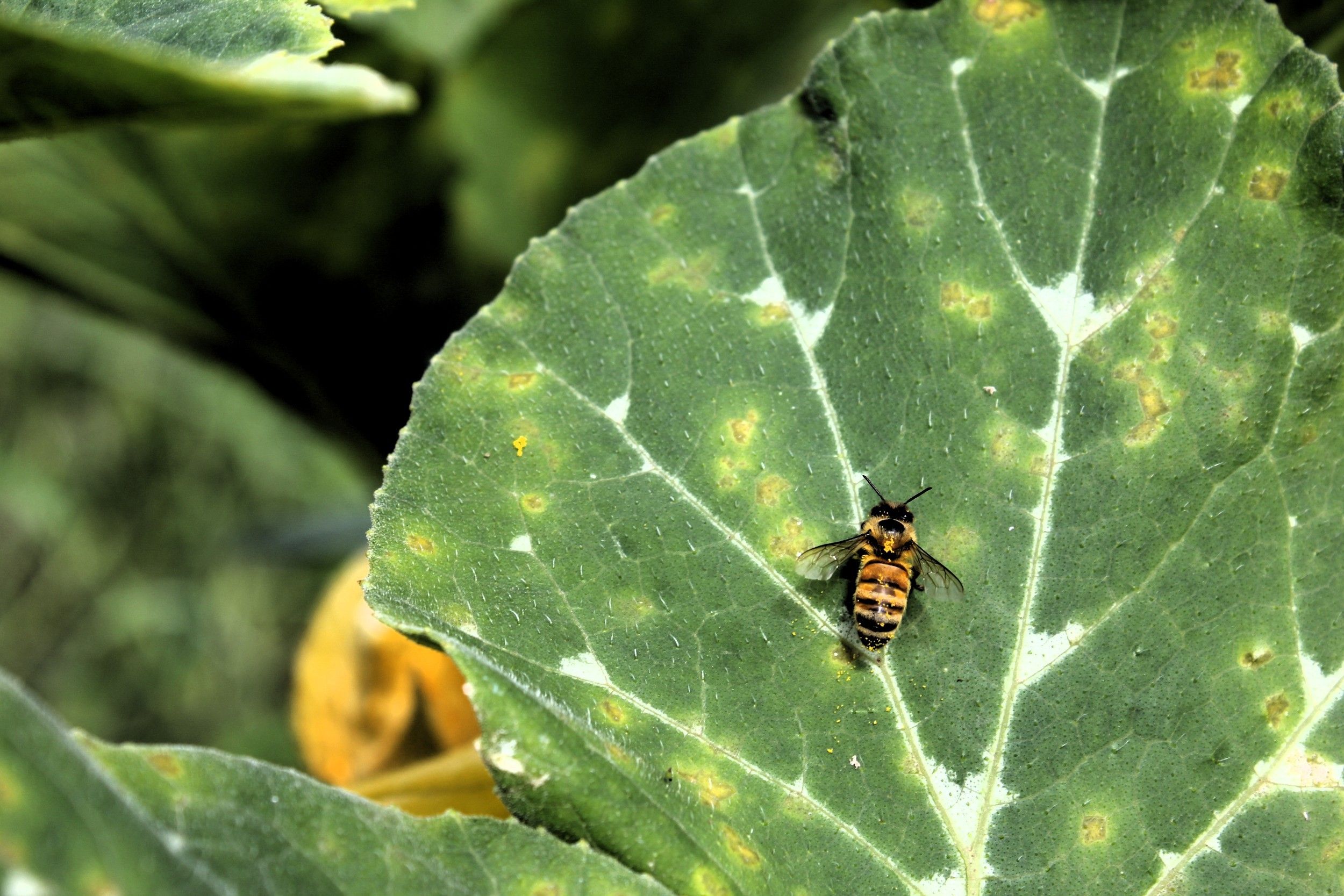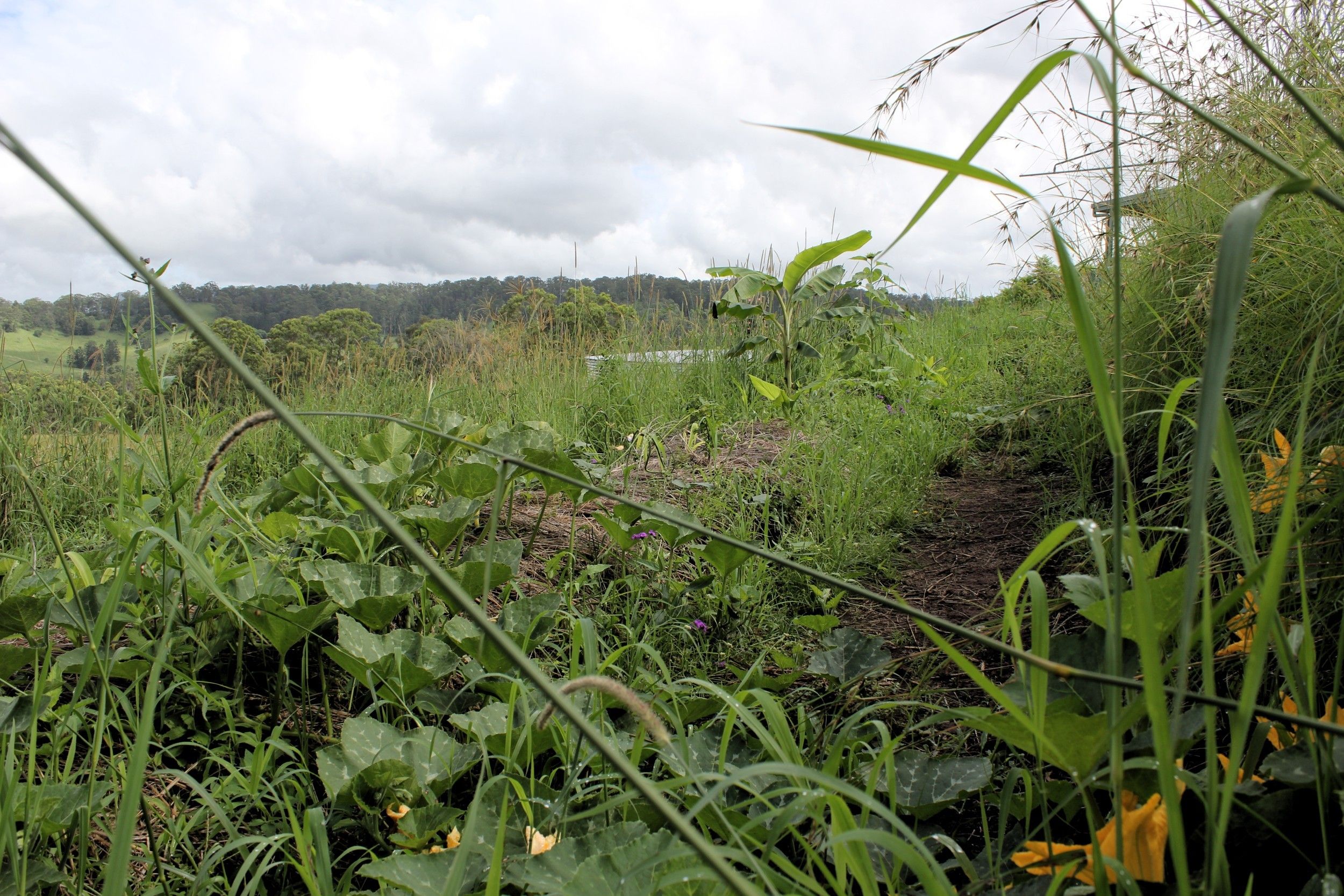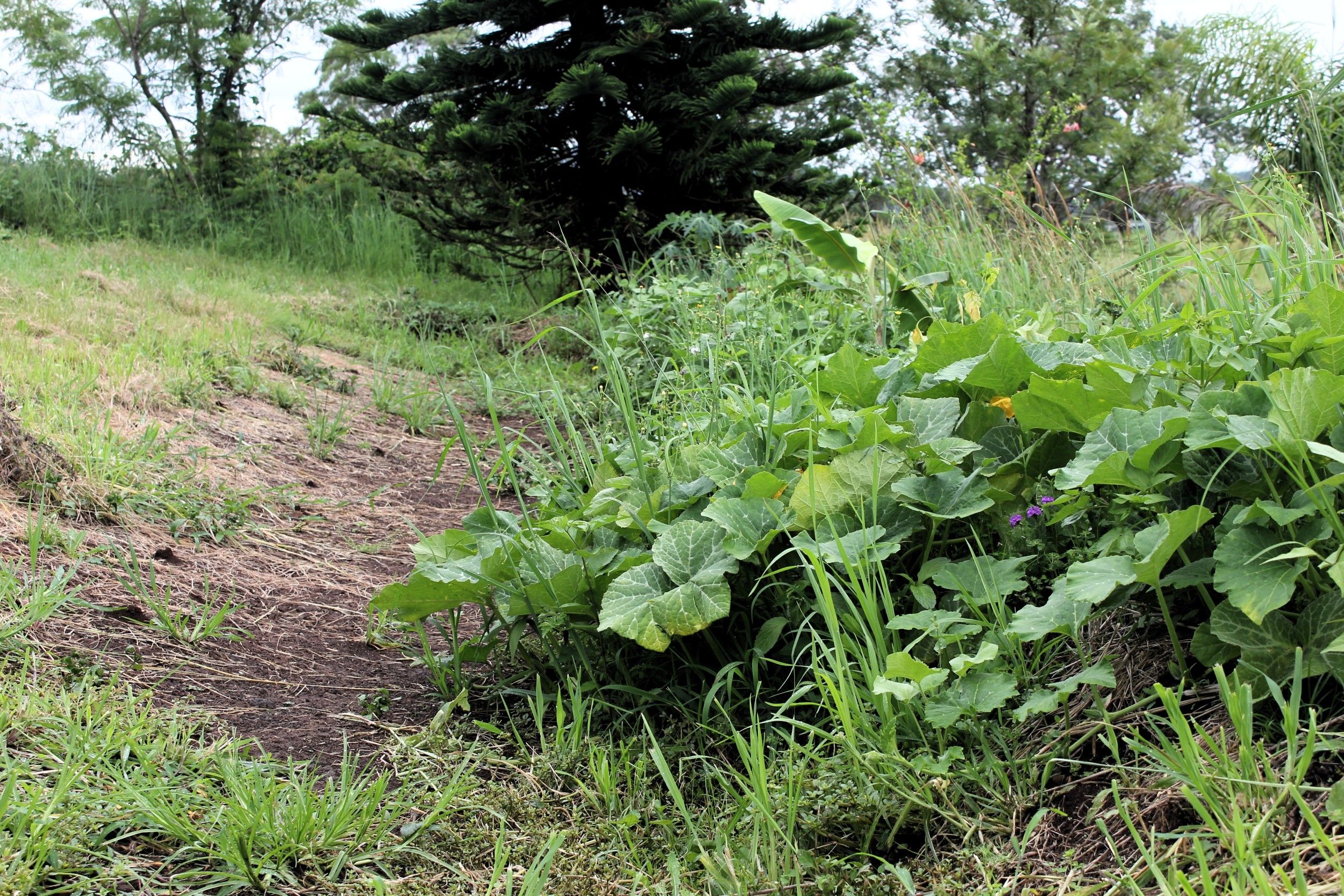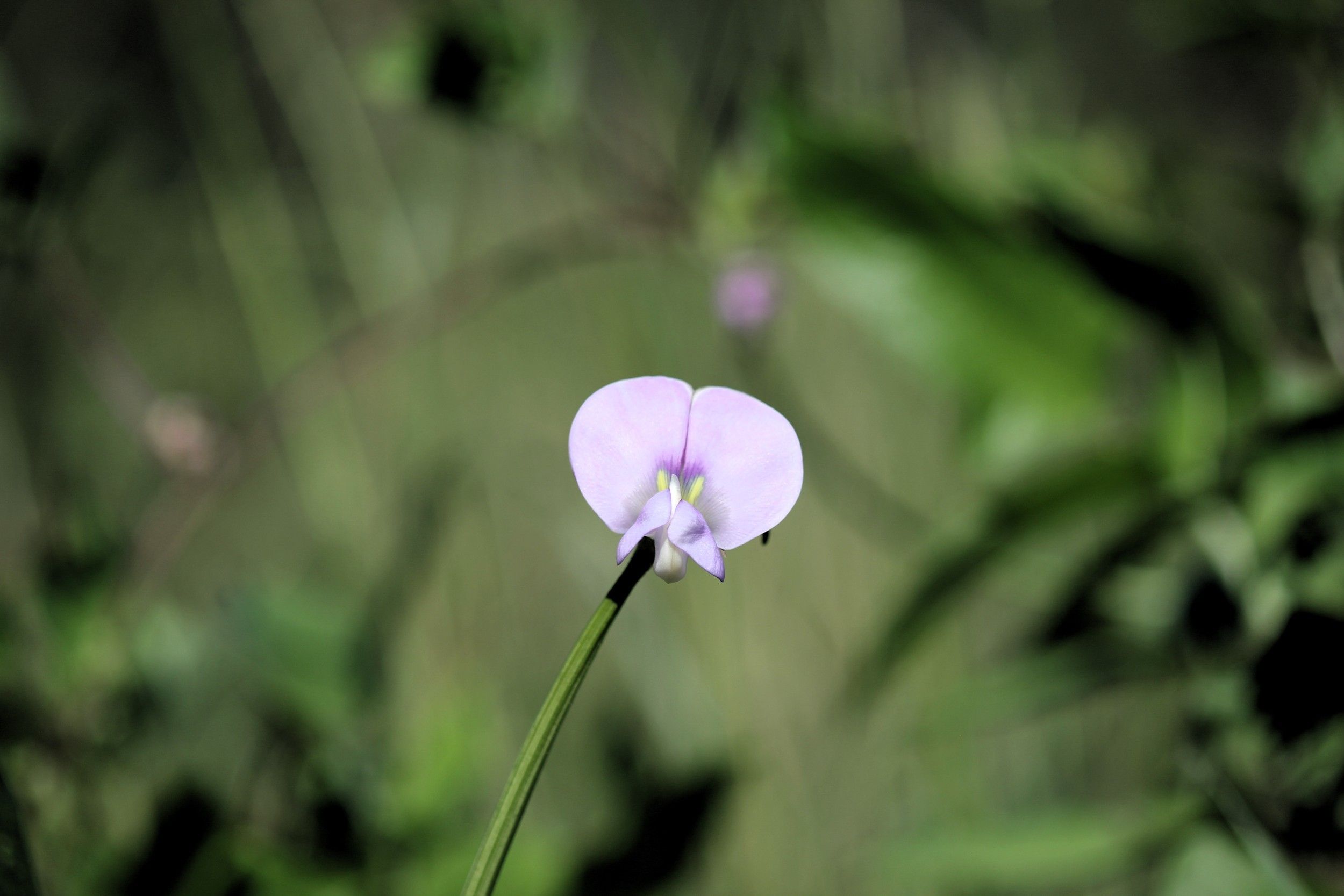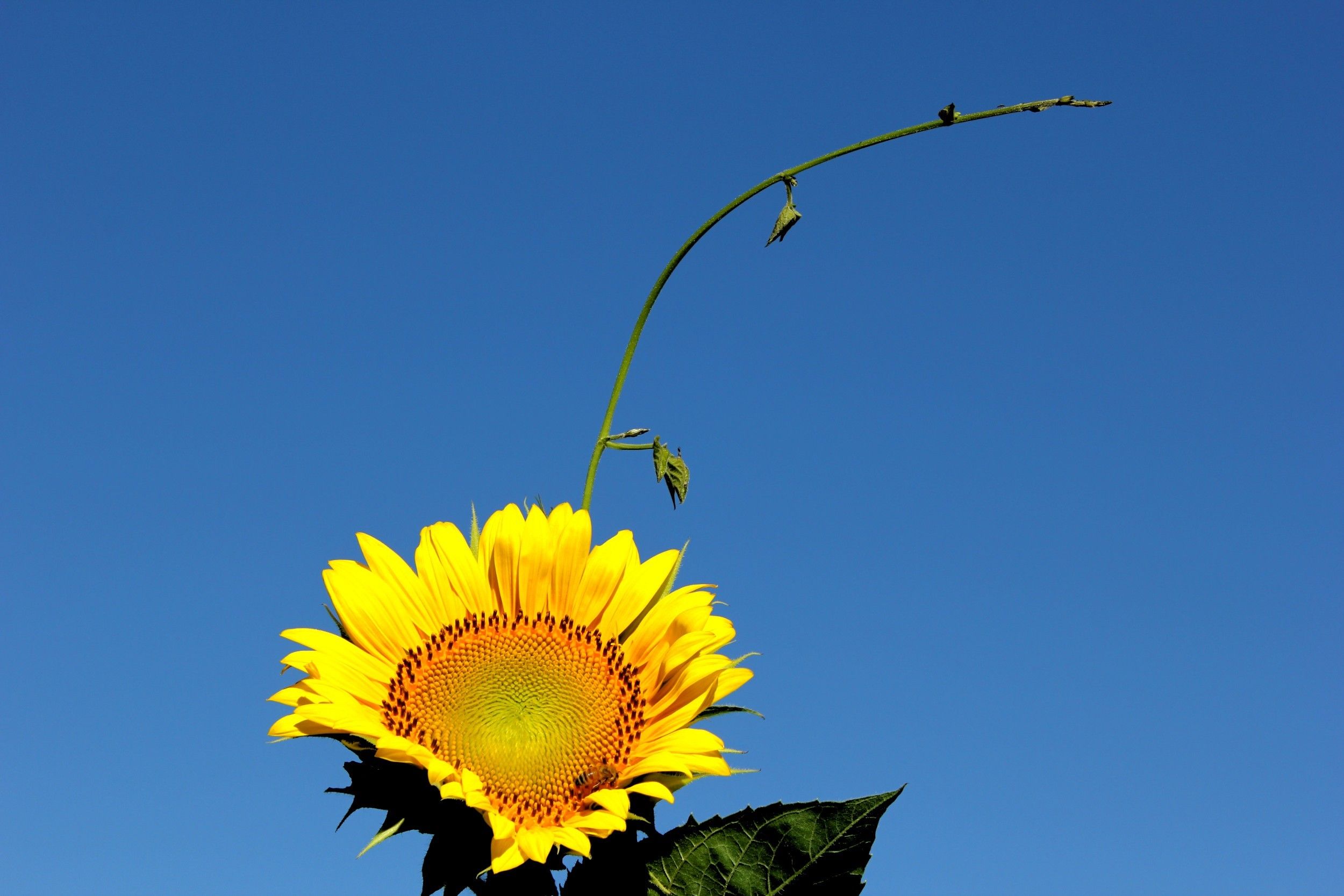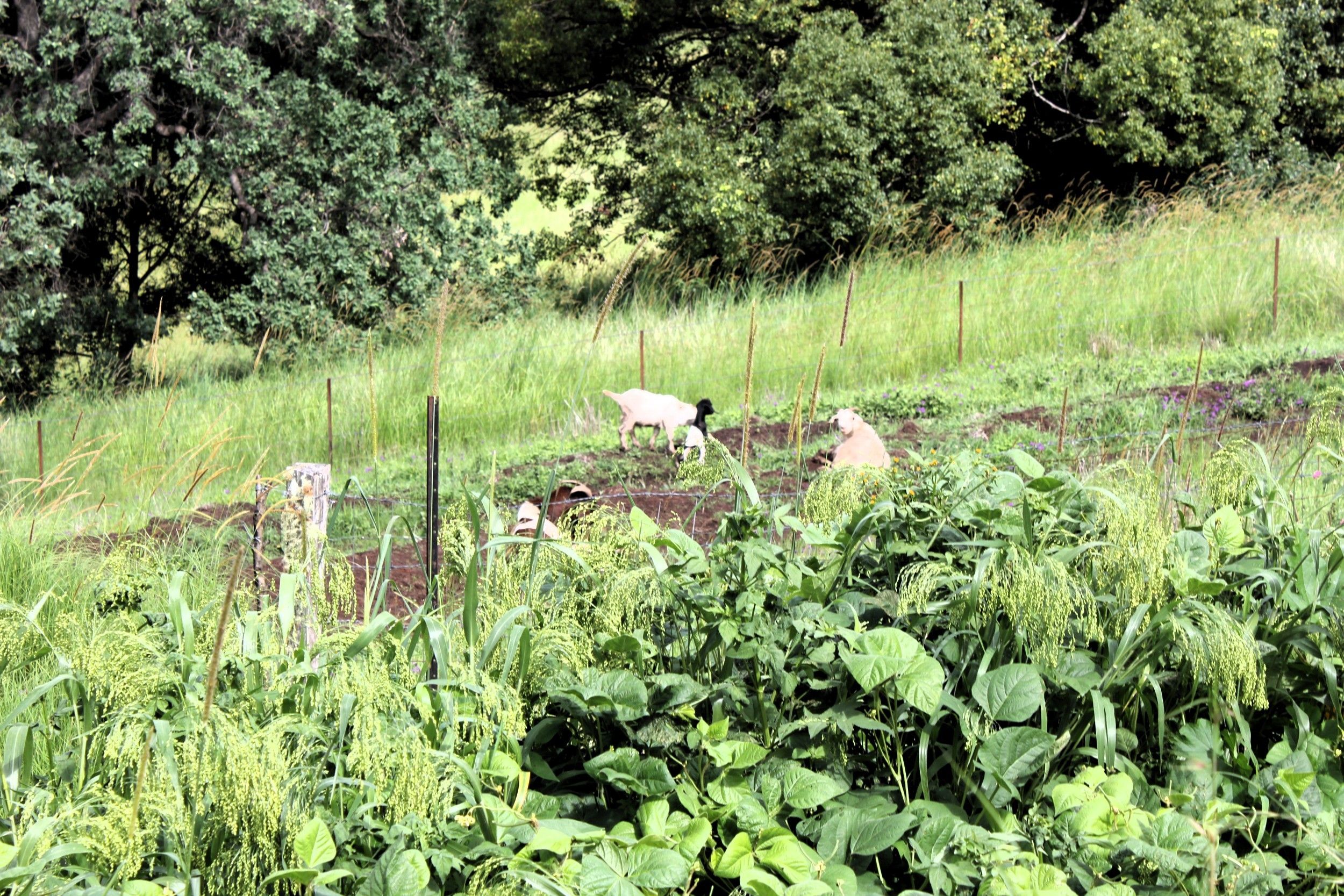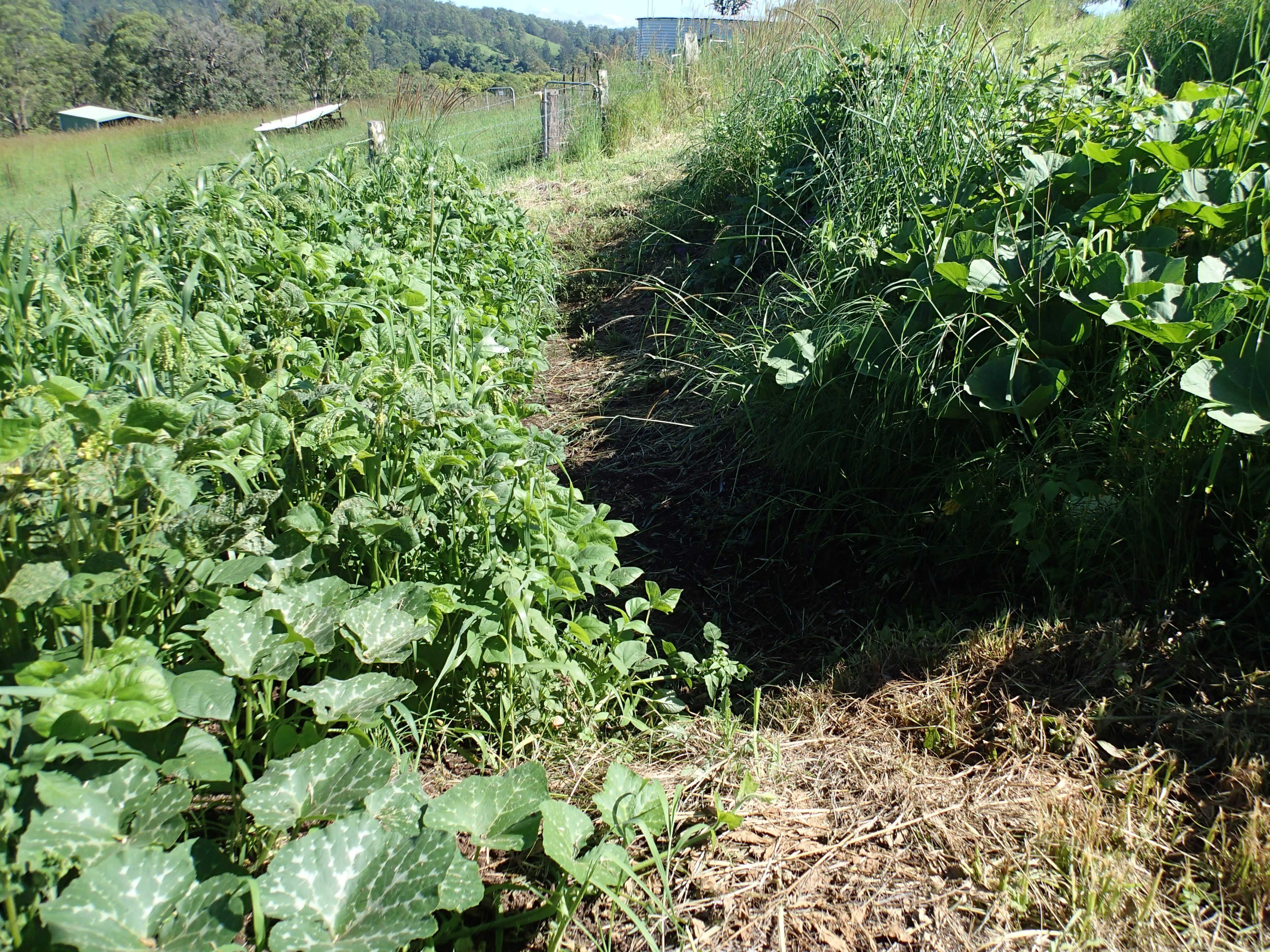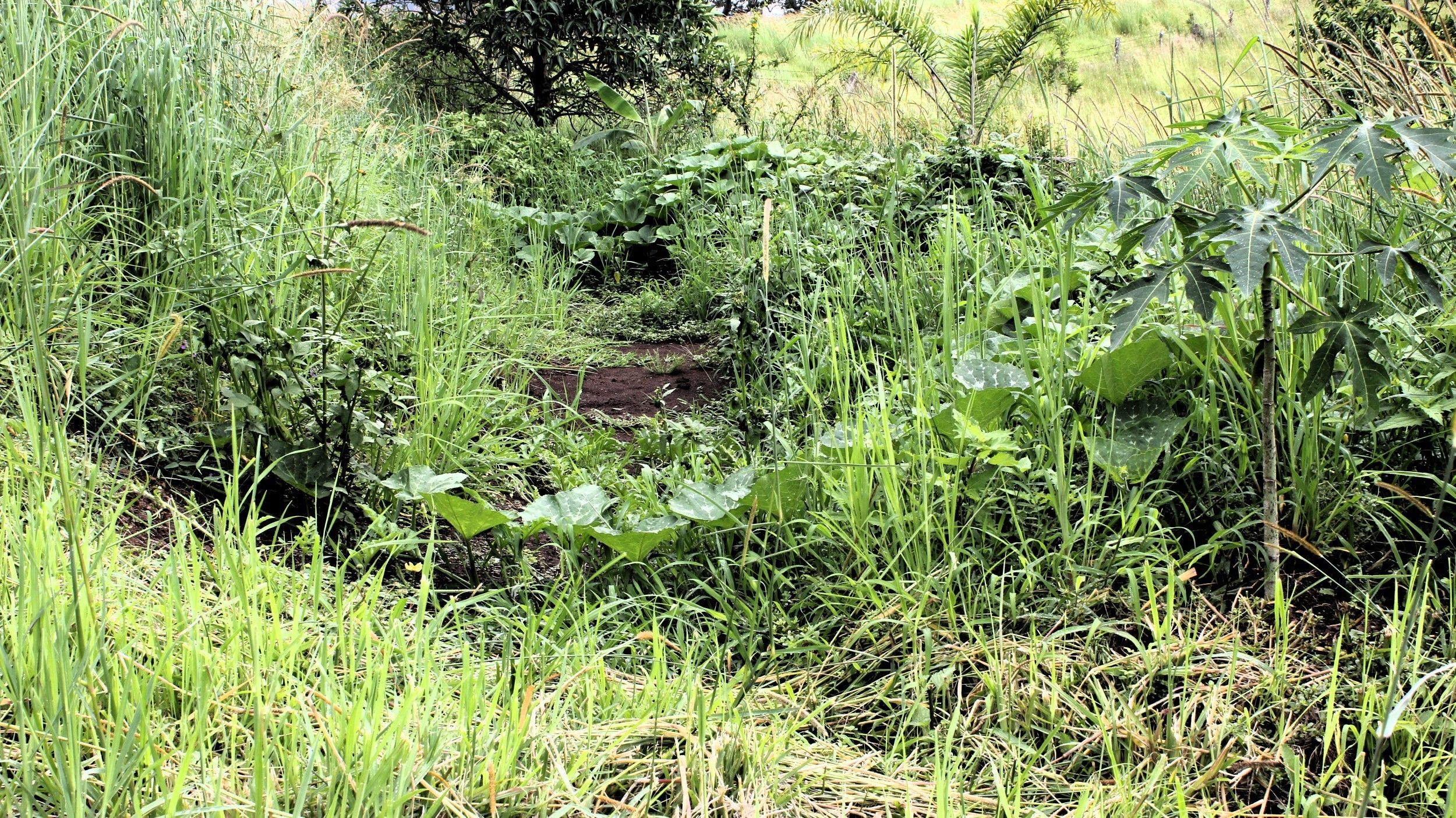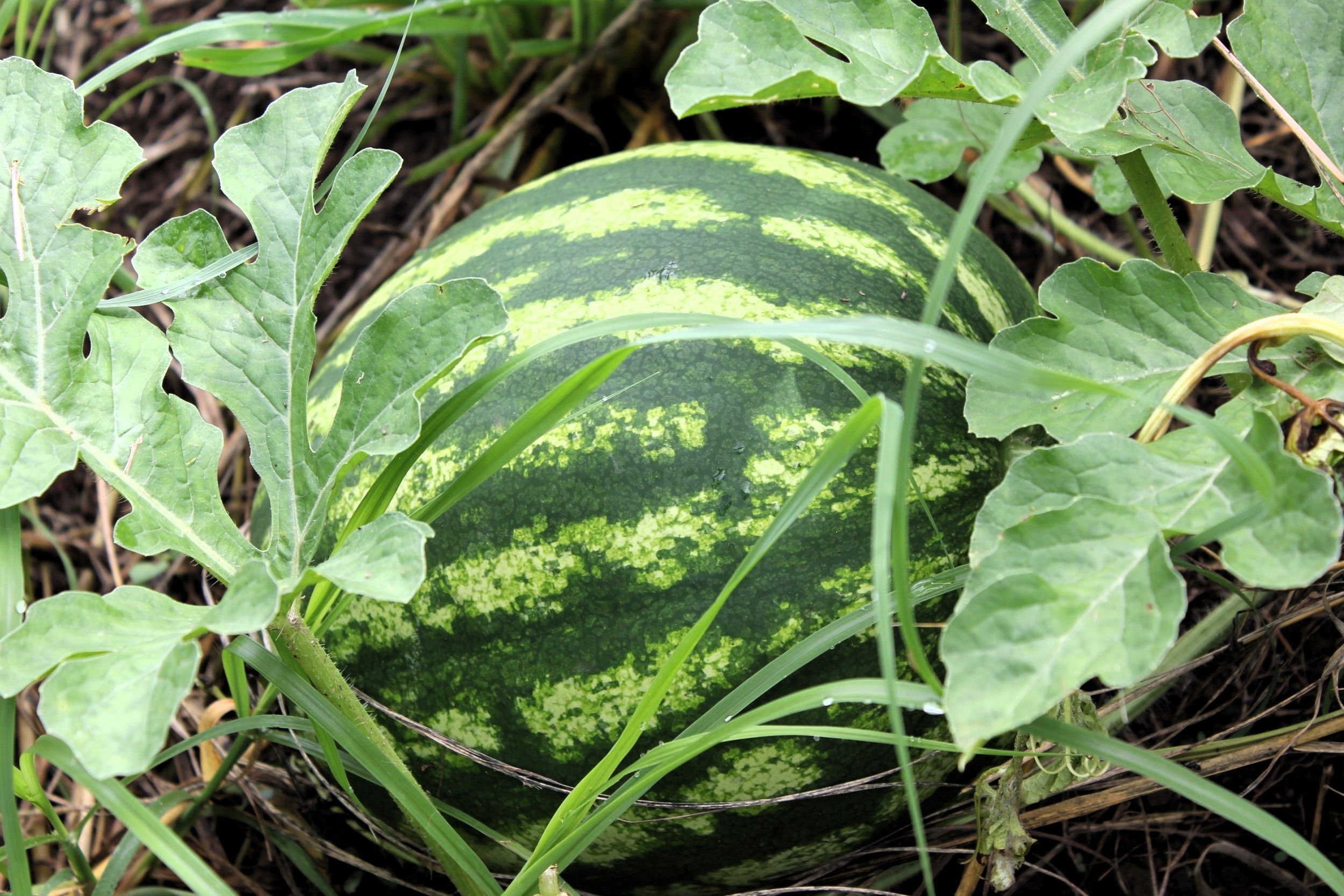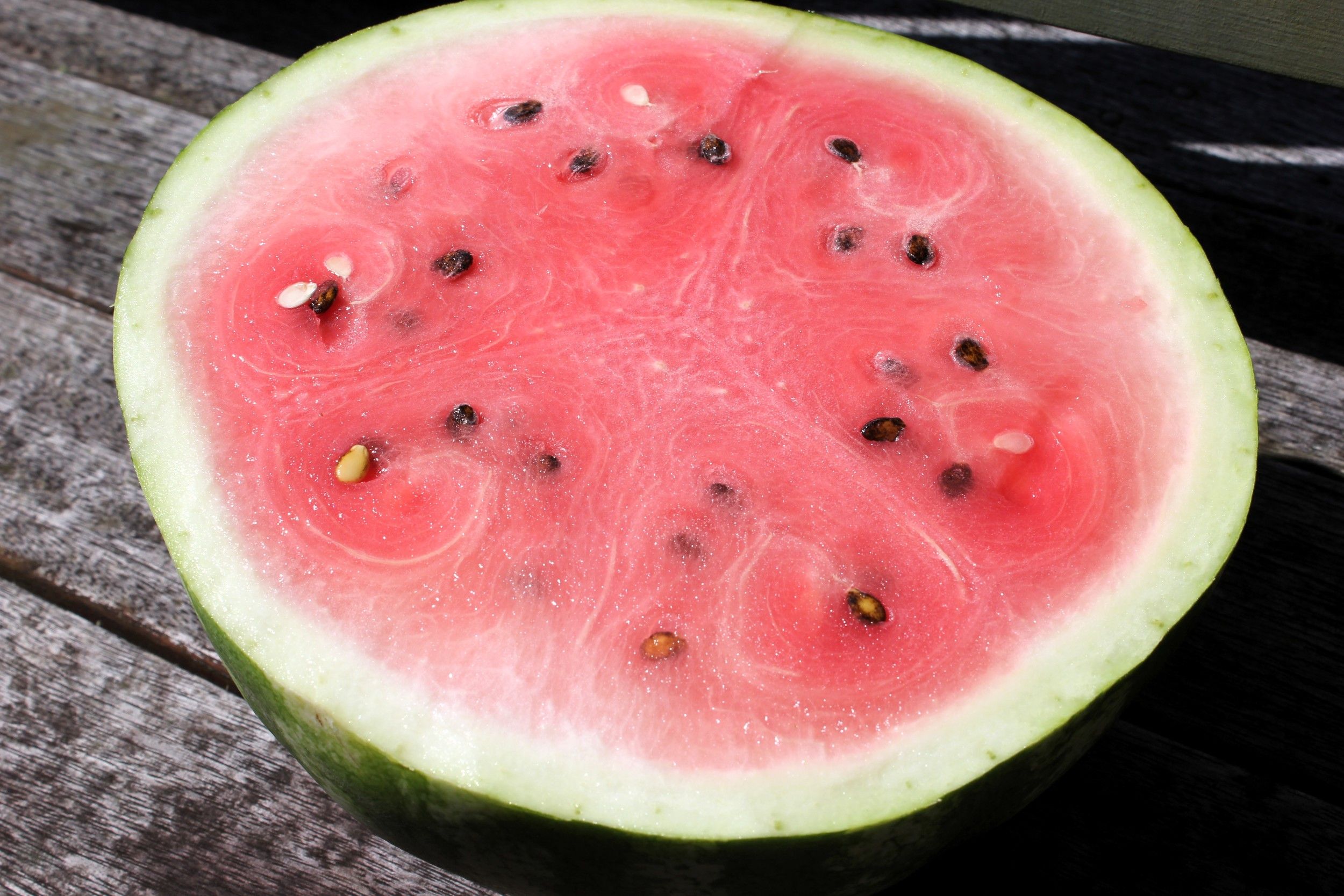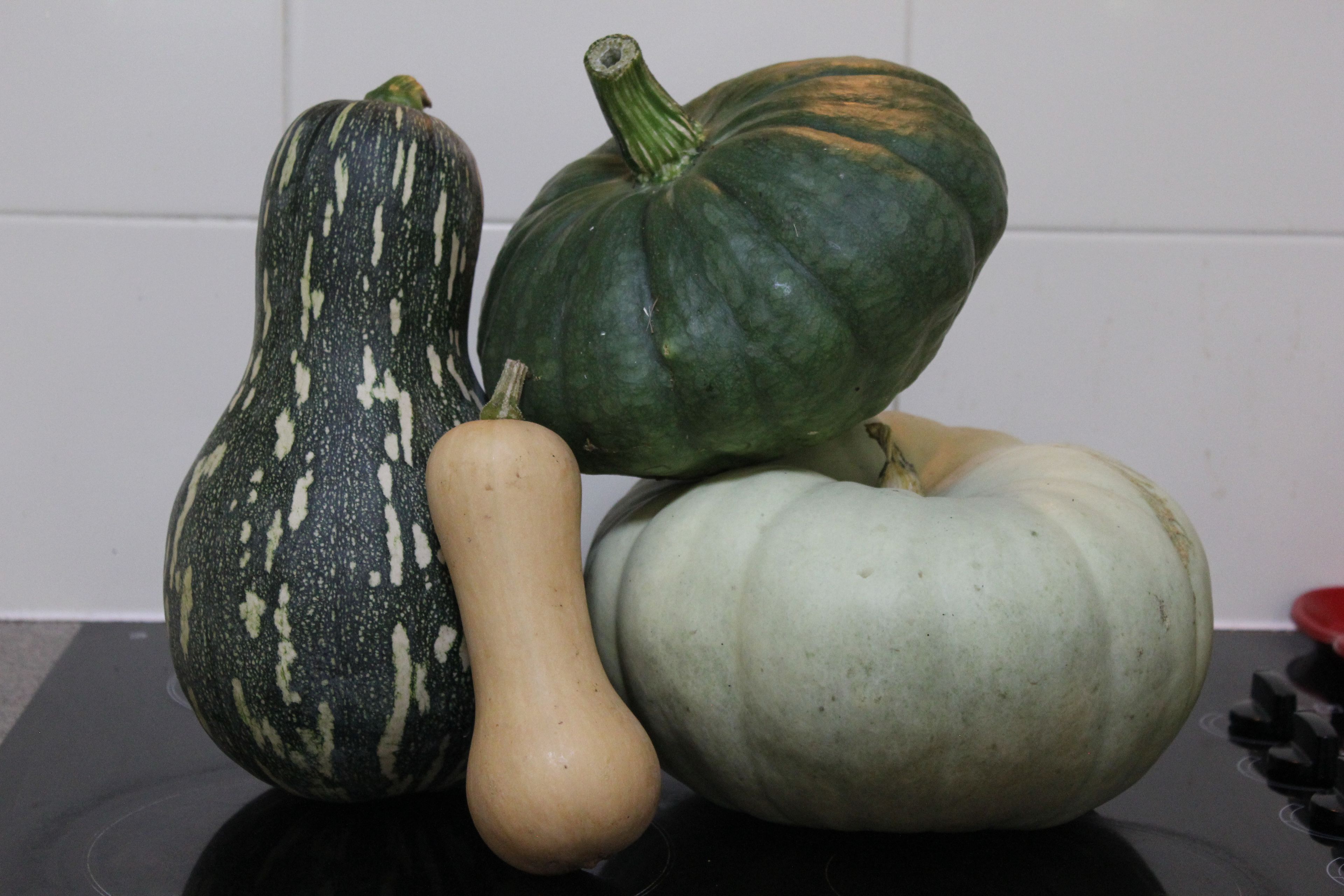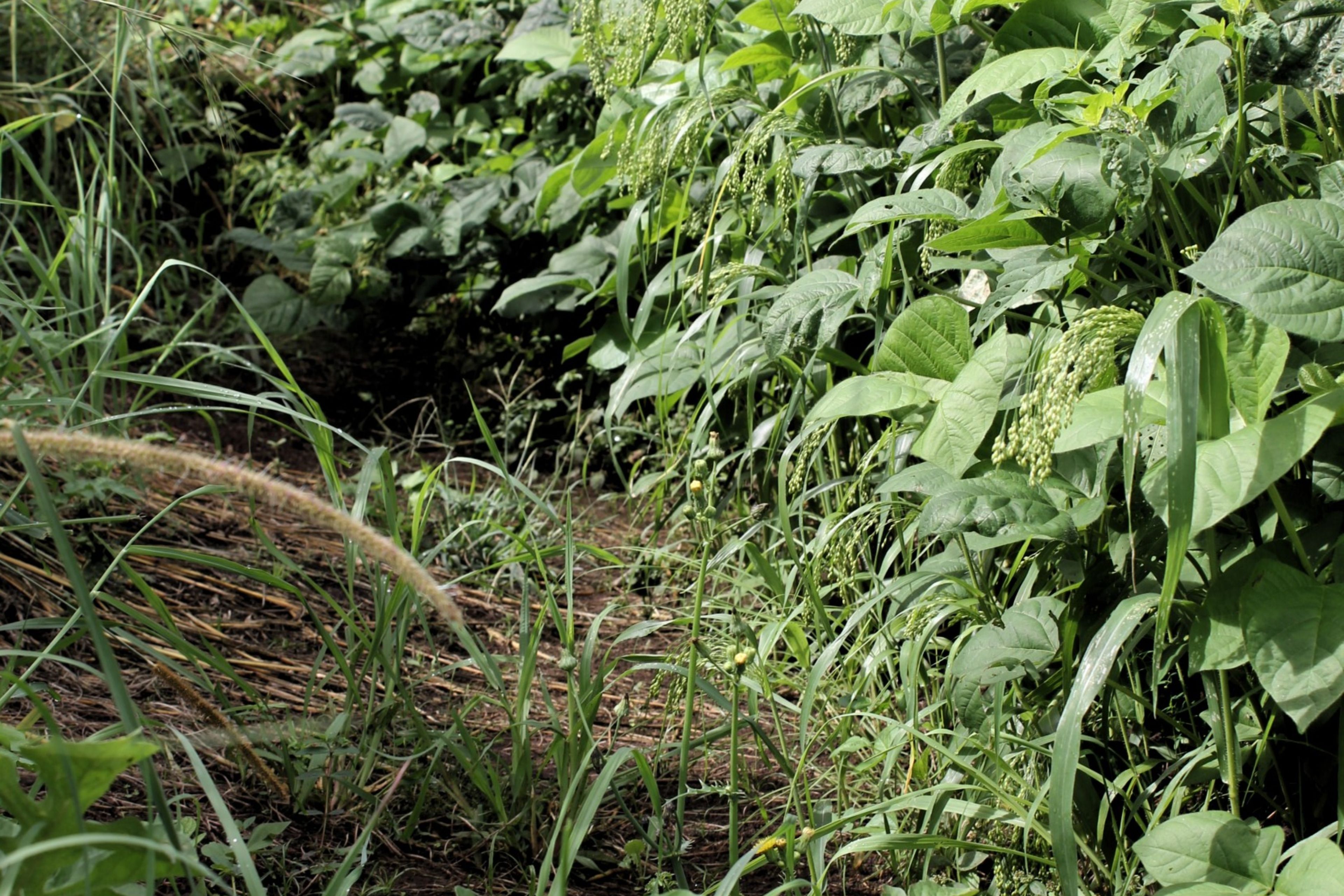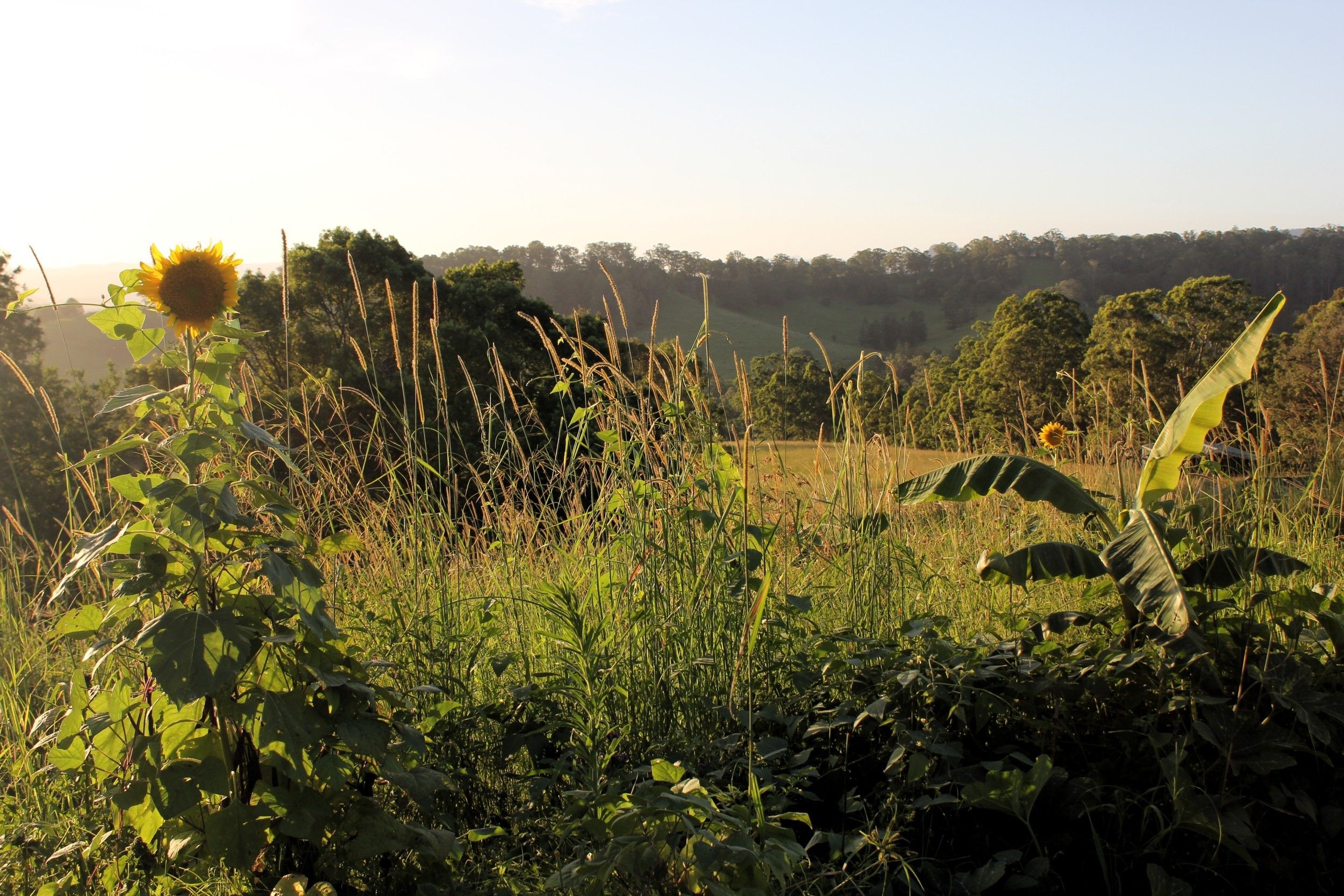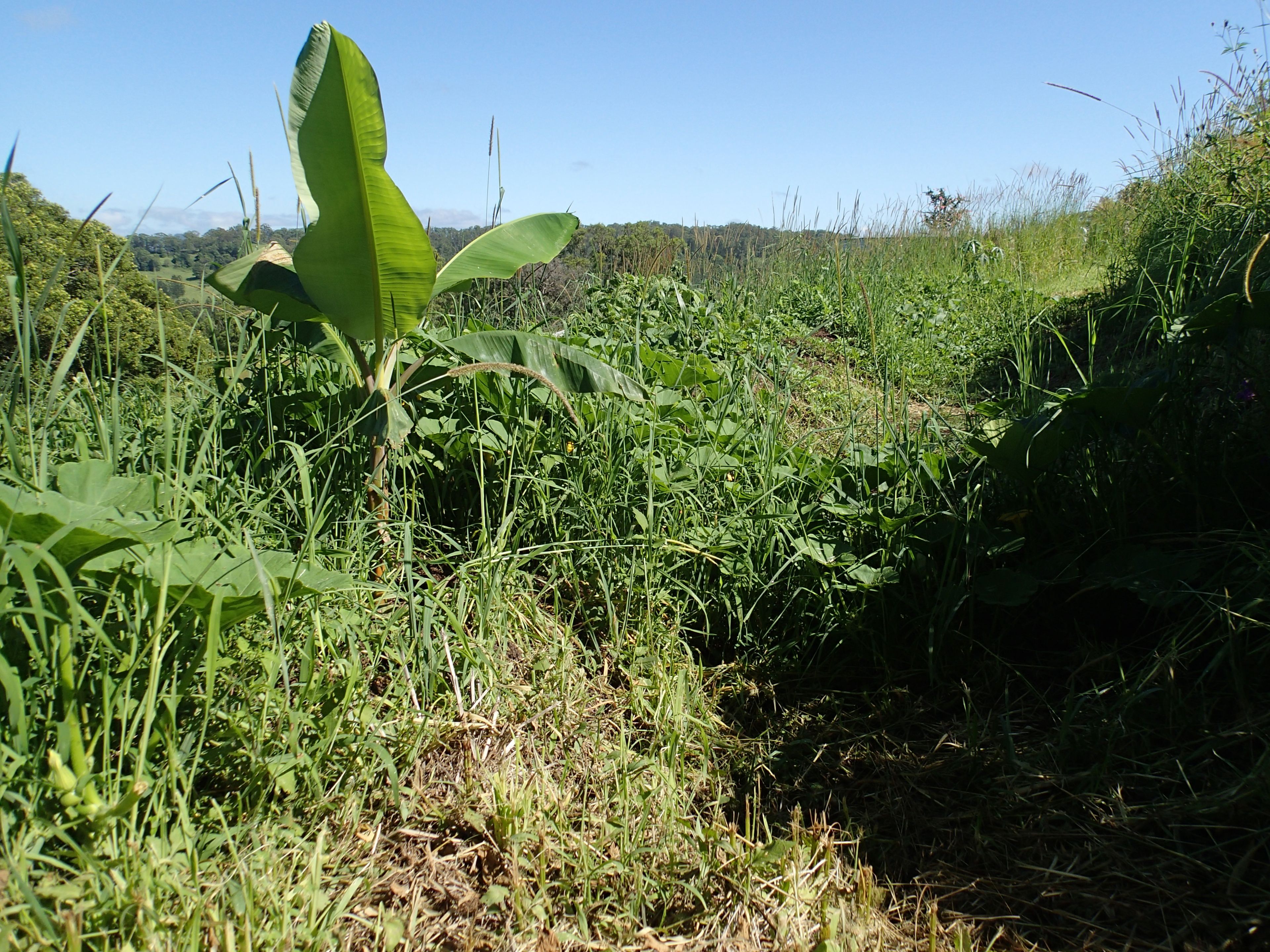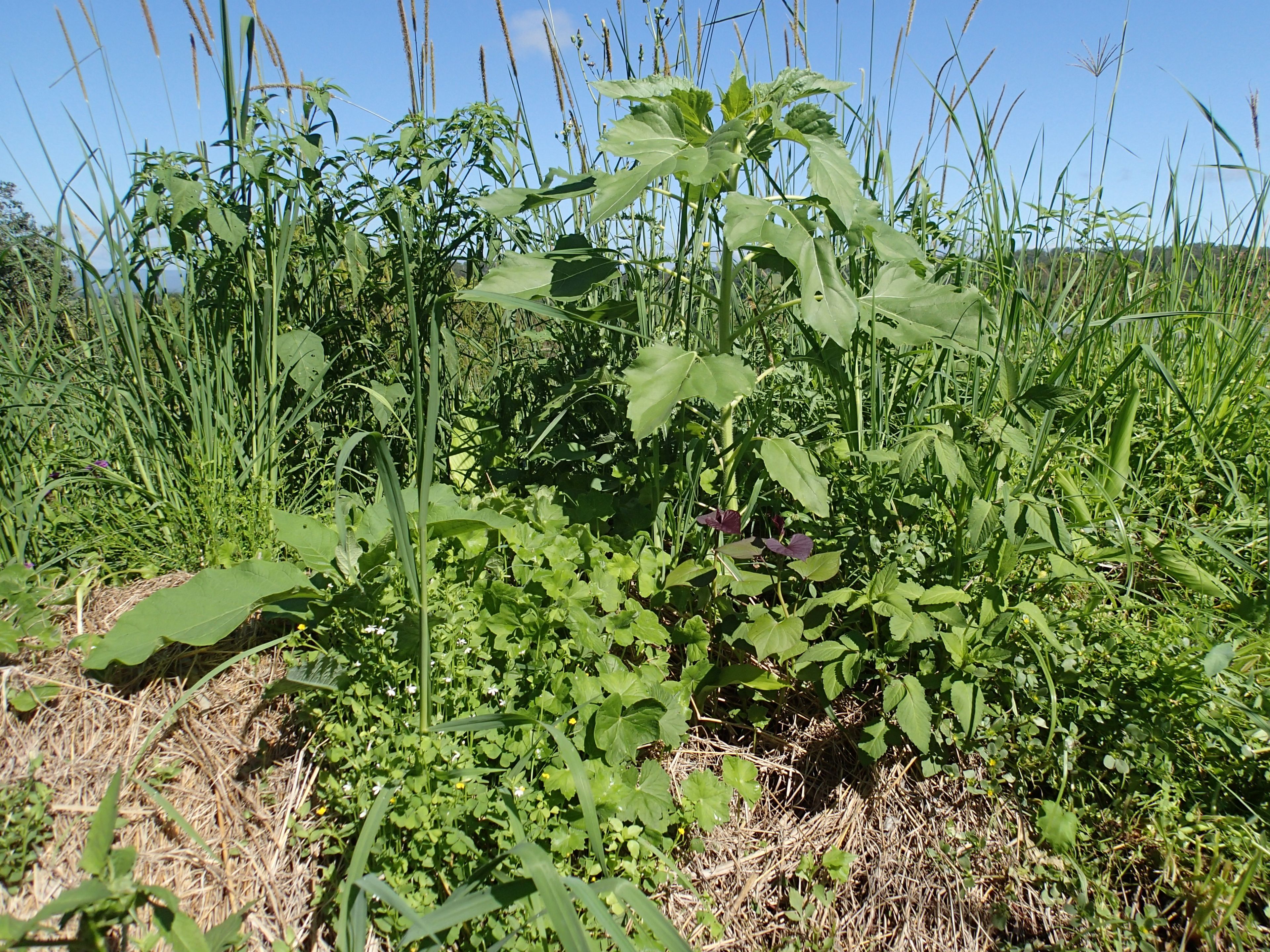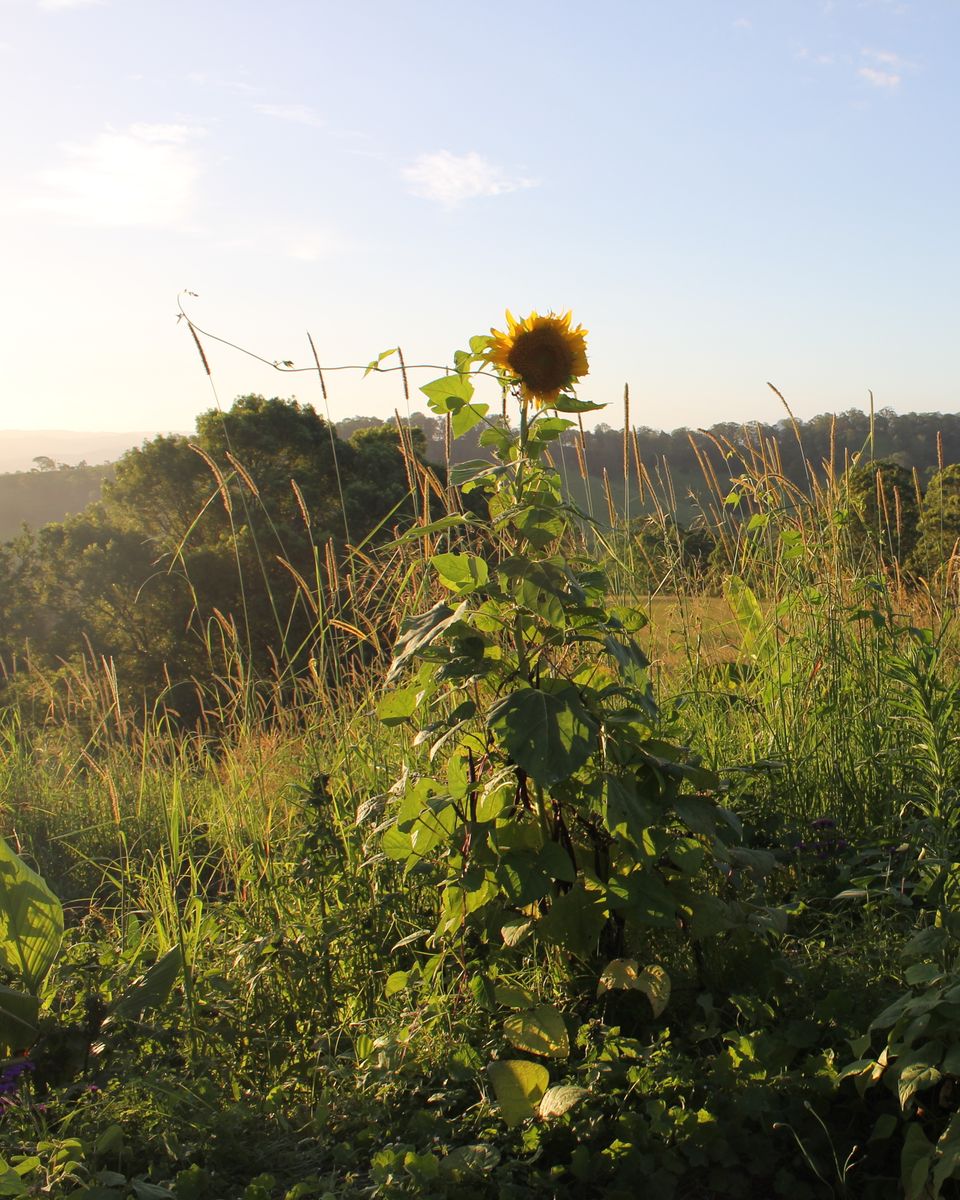What's Growing On
In what I hope will be an ongoing series, starting with this living document, sharing What’s Growing On here at the farm as we aim to grow the inputs for our products and food projects.
The things we want to share about what is going on in and around the products - what goes into what goes into our products and how things are grown, sourced and made. It may be of no interest to anyone but our future selves, but we’re doing it anyway.
This year it’s about getting things really growing, after spending the last couple of years testing out growing various plants, methods and learning about how to begin to get what we need in a not-too-exhaustive way.
Summer
Off the back of a dry Spring and with a bit of concern spread about a very dry Summer ahead, a plan was in the works to bring an overgrown grass filled slope back to life by introducing some design features that would provide for regenerating the space and hopefully generating a lot of food along the way.
Once Summer was in effect it was becoming clear we were in for a wet season and I was pretty glad we’d had the earth works done to get some swales created to capture this rain and help get the system going. I’d been preparing mulch from the long grass on the slope, created some biochar and some Korean natural farming inputs to introduce into this new system.
The Food Bank was born and by late December ready to get some plants in. In went a bunch of trees that were being prepared to go out into the space, some Summer crops and soil building cover crops and a few other bits and pieces.
We’ll have a full length article about The Food Bank soon. Stay tuned!
Growth
The initial plantings done in mid December came up and thrived with the hot and wet conditions. Some grass and weeds coming back, but secondary to the intended growth.
The direct seeded cover crops, pumpkins, squash and cucumbers came up quick and went into productivity after a few weeks. Beans also got established quickly and some that were planted next to sunflowers and banana trees took advantage of the vertical real estate.
Trees were transplanted during a cloudy week with on and off rain. The following week got sun and they were happily settling in.
In February I transplanted ahead of what I thought would be cloudy and rain, turned out to be sunny and hot. The following week we had a good bit of rain that brought life back into what had been planted out, new shoots growing on the cassava and galangal.
Grass and weeds have established. Some of the weeds are thriving. Some grass on the low side of the planted areas, which was left as protection from wind, is doing its job.
Selective weeding was done along the way to control some overly competitive weeds, while keeping some of the ground covers and thinning them around intended growth.
Other maintenance and grass trimming was done late February to begin controlling the growth as it slows into Autumn.
Harvests
January
Watermelons, pumpkins, cucumbers.
February
Beans, chillis, more watermelons, squash, some more cucumbers.
Maintenance
January
Let it grow.
February
Brush cutting & some weeding, some watering.
Autumn
Growth
With plenty of rain and a bit of cool starting some of the pumpkins have died off with others firing up and creeping all over the place, a lot of new flowers by mid-March.
Most of the beans finished up and were harvested with a few more plants still thriving.
Weed growth has slowed with the season change and some of the pumpkins, chillis and beans are still going and producing.
Harvests
March
Tomatoes coming on, herbs coming up, sweet potato flowering, more beans.
Maintenance
March
Wet month so far, no watering, some weeding and brush cutting of the grass regrowth.
More to come, stay tuned…
